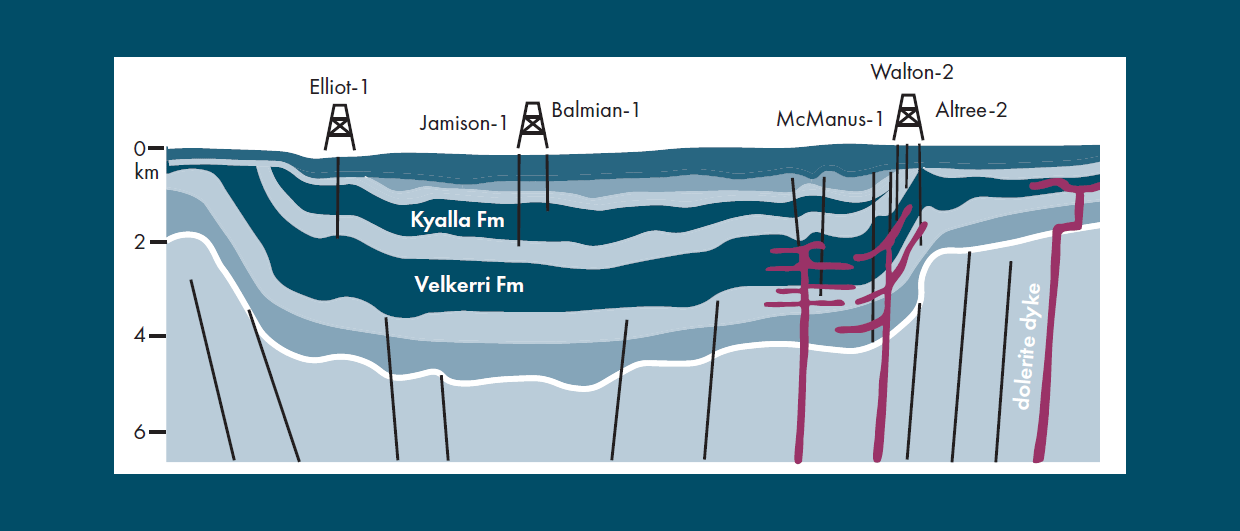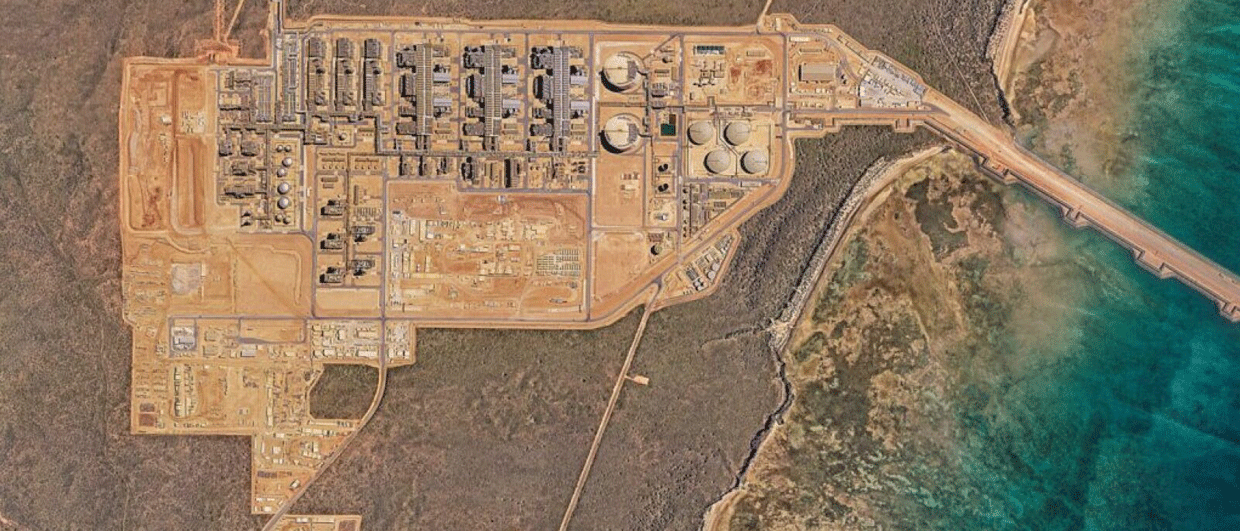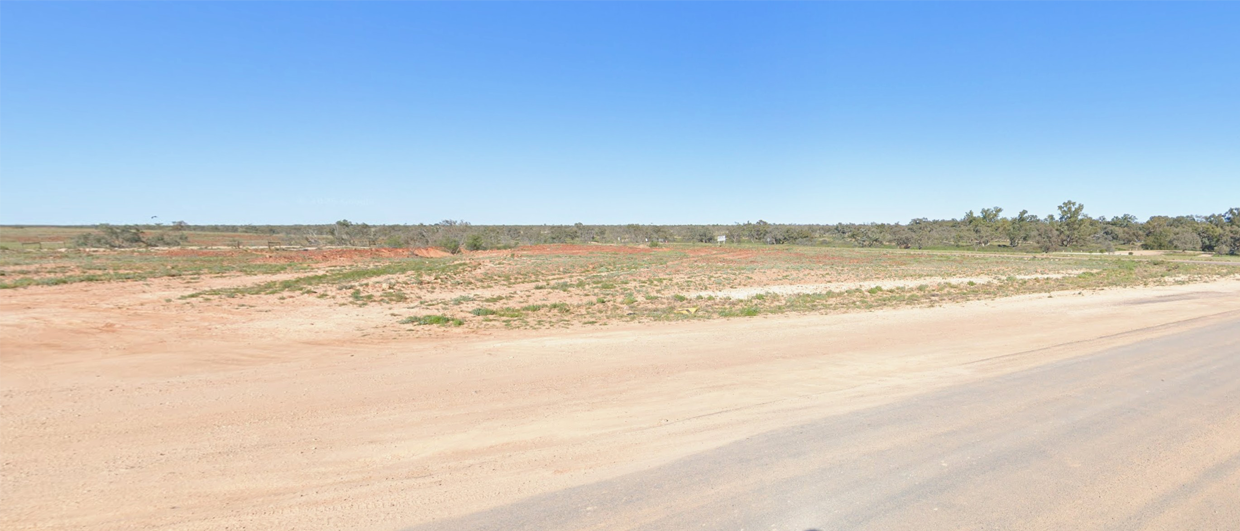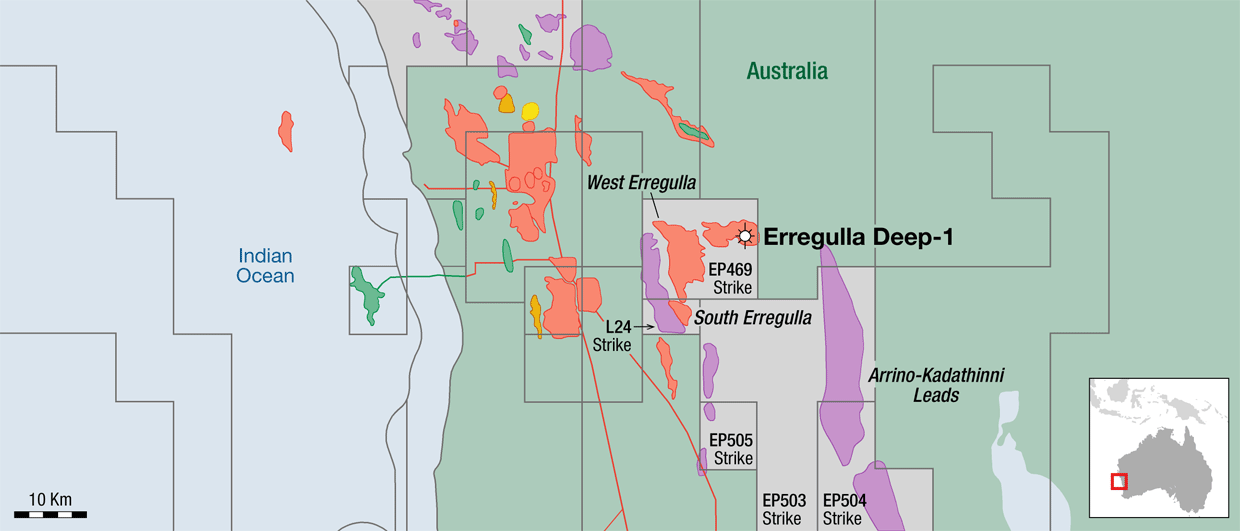 Compared to gas from the Beetaloo Basin, shale gas from the USA is just a teenager, with the age of the Pennsylvanian source rocks hovering around 350 million years. The Beetaloo cyanobacteria – blue-green algae – are about four times older than that. It boggles the mind when one realises that gas generated from the Beetaloo Basin may in fact soon be used to provide energy to sustain our modern way of living.
Compared to gas from the Beetaloo Basin, shale gas from the USA is just a teenager, with the age of the Pennsylvanian source rocks hovering around 350 million years. The Beetaloo cyanobacteria – blue-green algae – are about four times older than that. It boggles the mind when one realises that gas generated from the Beetaloo Basin may in fact soon be used to provide energy to sustain our modern way of living.
Producing shale gas from the Beetaloo Basin has been on the radar for quite a while, but the remote location of the basin in the north of Australia has struggled to attract the investment needed to develop its resources. But some companies have not given up. For instance, Tamboran recently issued an announcement stating that its development plan was awarded Major Project Status by the Northern Territory Government.
Some are less convinced of the future of the basin: The Institute of Energy Economics and Financial Analysis recently published an article casting doubt on hopes that the basin may become a shale gas hot spot, mainly because it would not be able to compete with cheaper LNG produced elsewhere.
Yet, as Rhodri Johns – a geologist who performs economic analyses of hydrocarbon projects in Australia – told me at a conference the other day: “I am keen to know who has ever made a correct prediction on the way shale gas investments turned out.”
A new way to determine source rock maturity
So, there seems to be momentum behind the basin, and if only from a geological point of view, it is interesting to be aware of. For instance, the classic Vitrinite Reflectance methodology to measure the maturity of the source rock does not work in this basin, as vitrinite did not exist at the time. Therefore, as Mohinudeen Faiz and co-authors write in a recently published paper in the journal Organic Geochemistry: “No well-defined method exists to accurately assess thermal maturity nor define their hydrocarbon generation windows in source rocks of this age.” Instead, the authors defined a new reflectance methodology using algae instead: alginate reflectance (Ra).
Their organic petrographic and geochemical analyses indicate that alginite reflectance (Ra) increases with thermal maturity, showing consistent relationships with depth, atomic H/C of kerogen and aromatic molecular ratios of extractable organic matter in the shales. “These findings represent a refinement of the existing source rock maturity evaluation methods for the Beetaloo Sub-basin and serve as a guide for assessing other Precambrian petroleum systems worldwide”, the authors conclude in their paper.





